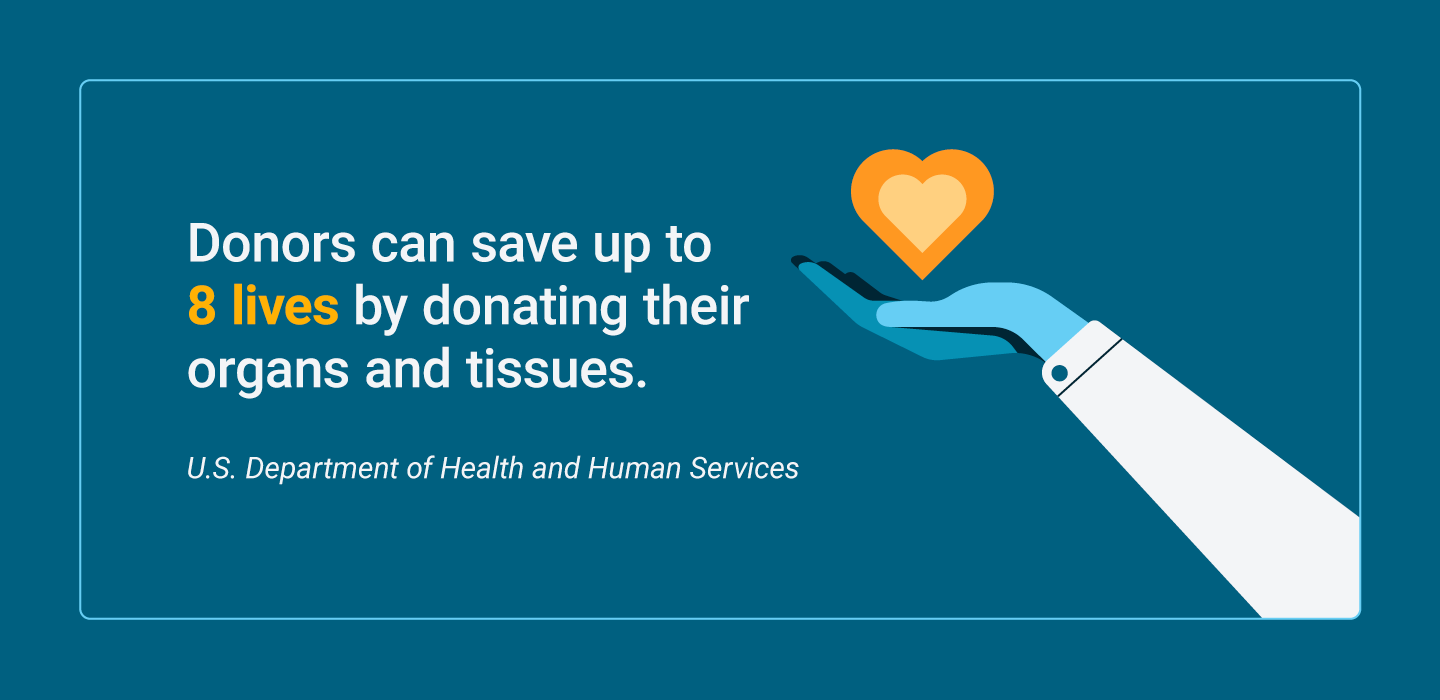End of Life Document Checklist: A Complete Guide for Families
Written by Karen Selby, RN | Edited By Walter Pacheco
1. Living Will
A will is one of the most common documents you hear about when it comes to end-of-life planning. Patients who are faced with a terminal illness can create a living will, also known as a health care directive, that will outline all of their wishes regarding end-of-life care should they become unable to communicate on their own.
If you’re unable to speak with your medical team for any reason, this legal document will provide your personal preferences for prolonging your life. These preferences can pertain to medical treatments such as tube feeding, pain management, medication, resuscitation and dialysis. There are some separate legal documents that determine these preferences — such as a do not resuscitate order. Though you’ll have additional documentation, it’s always best to reiterate these wishes in your living will.
2. Last Will and Testament
Your last will and testament are different from your living will. A last will and testament outlines your wishes for after you die, as opposed to a living will, which outlines your medical wishes while you’re still alive but in a terminal state. In your last will and testament you’ll specify how you want your assets to be distributed after you die. It will include the following information:
- Executor: The person who will ensure the wishes outlined in your will are carried out.
- Beneficiaries: The person or persons who will receive your assets
- Personal properties: Any assets you want to be given to your beneficiaries
- Debts and expenses: Description of how final expenses will be handled
- Any special instructions: Additional instructions such as funeral preferences or special care for pets
After you die, probate will take place. This is a court process that authorizes your last will and testament and makes sure your estate is properly distributed.
3. Living Trust

Similar to a living will, a living trust is a legal document that outlines how your financial assets should be distributed once you die. A living trust is a fund that owns your assets while you’re still alive. Anything valuable, including real estate, bank accounts and vehicles, can be placed into a living trust. Once you die, your assets will be distributed as outlined in your trust, but no probate will be required.
4. Letter of Intent
A letter of intent is a personal way of expressing your end-of-life decisions to your beneficiaries and loved ones. Aside from listing the reasoning behind the wishes outlined in your will, it can also include your preferences regarding funeral arrangements, a list of beneficiaries, care instructions for pets, usernames and passwords for online accounts, outstanding debt information and the location of any legal documents.
Though a letter of intent is not a legal document, it can help guide family members through the estate process so there isn’t any confusion.
5. Financial Power of Attorney
A financial power of attorney grants a trusted person of your choice the right to handle your legal and financial affairs. For example, an aging parent may grant one of their adult children the authority to manage their finances. There are a few different levels of power that you need to be aware of. These different levels include:
- General power of attorney: This allows the appointed person the power to sign legal documents, pay bills and make necessary financial decisions on your behalf. This power ends when you die.
- Durable power of attorney: A durable power of attorney allows the appointed person’s power to extend to when you become incapacitated and are unable to make your own decisions.
When completing this document, it’s important to specify the level of power the appointed individual has.
6. Health Care Power of Attorney
A health care power of attorney, also known as a health care proxy, is a legal document that is put into effect once you are unable to make medical care decisions on your own. This is different from a financial power of attorney because the appointed person, also referred to as your “agent,” is not granted access to your finances through this document.
A health care power of attorney acts on your behalf should you become incapacitated. Your agent will be able to provide your medical team with consent and authorization to perform medical treatments such as surgery or life-support decisions.
7. Letter of Competency
A letter of competency is a letter written by your doctor that attests to your mental capacity at the time you draft your will or other legal documents. If complications should arise when it comes to your will, such as a family dispute over estate documents, the letter of competency will dismiss any disagreements about whether you were in the right mental state when you signed the documents.
To obtain this letter, ask your primary care doctor to create a document that includes your name, the date when your relationship with them began, a statement testifying to your ability to make decisions and any other necessary medical information.
8. Organ Donor Card

Certain body parts can be donated after we die to be used to save lives and help improve the quality of life for many. Whether donating your heart, kidneys or connective tissues, becoming a donor allows you to make an impact after you die. According to the U.S. Department of Health and Human Services, a single donor can save up to eight lives and enhance the lives of 75 others by donating their organs and tissues.
To register to become a national organ donor, sign up at organdonor.gov or visit your local department of motor vehicles.
9. Do Not Resuscitate (DNR) Order
A do not resuscitate order, or DNR, is a legal document that declares your wishes to not be resuscitated should your heart stop and you’re unable to breathe on your own. A DNR only refers to the decision not to move forward with cardiopulmonary resuscitation, but does not outline any additional end-of-life medical treatments.
Without a DNR in place, medical personnel are required to perform CPR and do their best to resuscitate patients. If the medical team is unaware of your wishes, they may move forward with CPR during a medical emergency. If you do not wish to be resuscitated, make sure your DNR is accessible and your loved ones have copies to show the medical team. You’ll also want to make sure this is clearly outlined in your living will.
10. HIPAA Release
The Health Insurance Portability and Accountability Act requires medical information to be kept confidential. A HIPPA release form is a legal document that lets medical providers share and discuss your medical situation with whomever you specify on the form.
By signing a HIPAA release form, your family can have access to your health information, which wouldn’t be authorized under normal legal authority. This is important for terminally ill patients so that their power of attorney or other family members can openly discuss health care plans when the end of life nears.

End-of-life planning shouldn’t be a taboo topic. If you’ve been diagnosed with a terminal illness and are receiving treatment, planning ahead can help give your family peace of mind. Consult with an attorney for legal advice on how to properly prepare and distribute your estate.
To ensure you have all the necessary documents and your loved ones know how to carry out your final wishes, we’ve made an end-of-life checklist that can help you and your family stay organized. The earlier you start planning, the more comfortable you and your family will be about making the right decisions.







